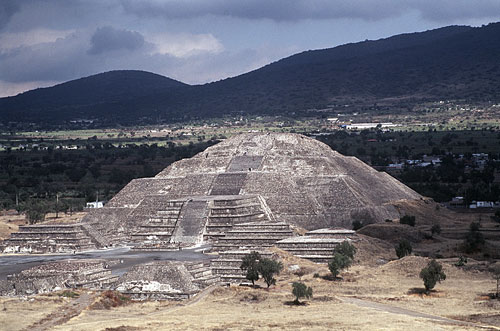Archeologist Linda Rosa Manzanilla Naim has a new hypothesis in regard to the fall of one of the most prosperous cities in Mesoamerica: Teotihuacan, also known as the City of Gods, which took place around 570 A.D.
The archeologist found evidence that supports her theory using radiocarbon dating analysis and archaeomagnetism.
The Mexican researcher explained that it was believed that a conflict between 550 and 650 A.D. was behind the fall of the city but it was believed it was abandoned, not destroyed by an uprising. Yet she has a new hypothesis: there was a “violent clash between two opposing ways of exercising power that ended up tearing each other apart.”
One of the groups was formed by the co-governors of Teotihuacan, two of them were “the most important” since they personified the god of rain and the god of the hill. They lived at the Xalla Palace.
The other group was formed by 22 neighborhoods of artisans, farmers, merchants. The group was led by middle-class people, who become more and more prestigious and amassed a fortune, which led them to compete between them and eventually, they distrusted the council of co-governors.
“I think the neighborhood acquire so much autonomy that in the end, although they tried, it was impossible to contain them,” said Manzanilla Naim. The archeologist also revealed that the Xalla Palace and the Avenue of the Dead, which were where the elite resided, were raided, burnt, and destroyed.
During the symposium, “The Xalla Palace in Teotihuacan. A possible seat of power,” Doctors Ana María Soler and Laura Beramendi, researchers from the Geophysics and Geology institutes from the UNAM, explained that the radiocarbon dating analysis was obtained from charred wood from the beams at the Xalla Palace.
These results coincided with the results from radiocarbon data, which allowed the experts to date the fall of Teotihuacan in 570 A.D. Moreover, archaeomagnetism was used on the floors, which were also set on fire during the revolt.
Source: TYT

